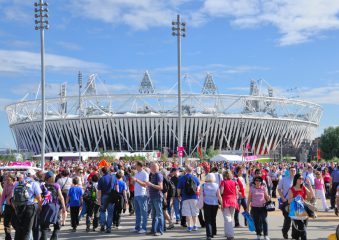Drop in Property Transactions Caused by Stamp Duty, Not Brexit, Says LSL

Drop in Property Transactions Caused by Stamp Duty, Not Brexit, Says LSL
Property transactions dropped by 20% in the second quarter (Q2) of the year, caused by the rush to purchase ahead of the Stamp Duty deadline in April, rather than the Brexit vote, reports LSL/Acadata.
The report suggests that the annual decrease in house sales has more to do with the tumble recorded after the 3% Stamp Duty surcharge was introduced than uncertainty surrounding the EU referendum in June.
The study found that although annual house price growth slowed to 5.5% in July, transaction levels edged up over the past month. The average house price in the UK now stands at £293,318.
Although the huge spike in sales recorded in March caused a massive decline in April, sales in the first half of the year are still likely to be 4% higher than in the same period last year.
The report claims that the “exceptional” sales level seen in March has more than compensated for the decrease since.
It also points out that while property transactions rose in July, the Land Registry would have recorded these figures before the EU referendum took place.
The Director of Your Move and Reeds Rains, which are owned by LSL, Adrian Gill, comments: “Brexit may well have an impact on the housing market, but it’s not showing yet.
“Even when it does, there will be positive as well as negative influences on the market, which clearly has some strong long-term drivers for continued house price inflation.”
According to the research, house prices increased by an average of 0.2% in July, making it the fifth consecutive month that the annual rate of house price growth has dropped. Despite this, the 5.5% rise in house prices over the year has added an average of £15,422 to property values.
An Analyst at Acadata, Peter Williams, says: “The market was contracting pre-Brexit and the question remains, how will it perform post the Brexit vote and ultimately, on exit?”
Do you believe that the Stamp Duty surcharge has had more of an impact on property transactions than the Brexit vote? How have you been affected?








